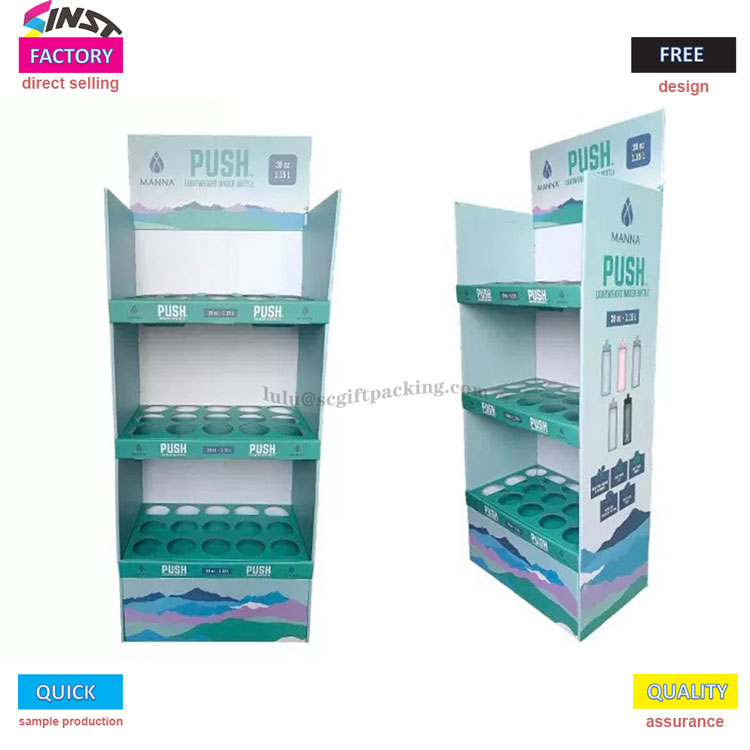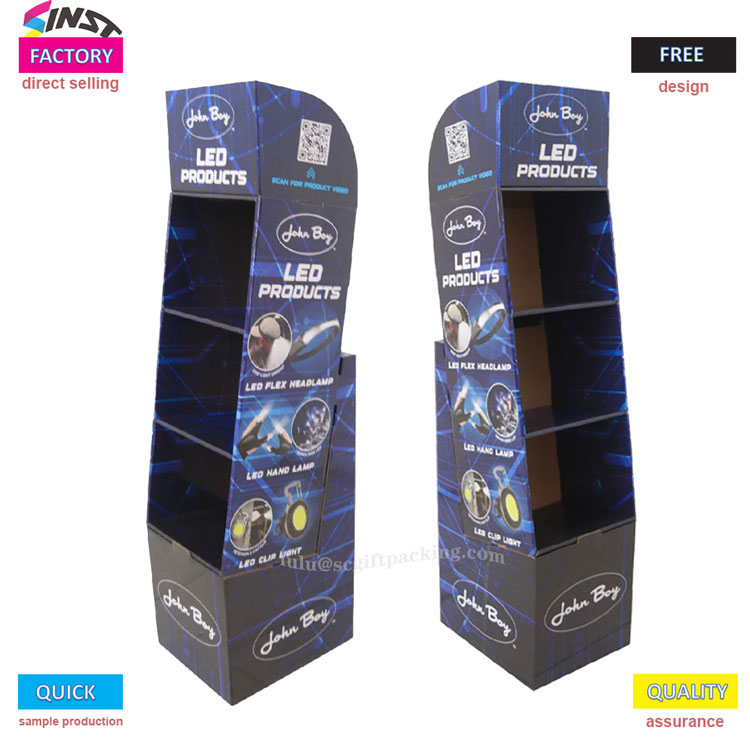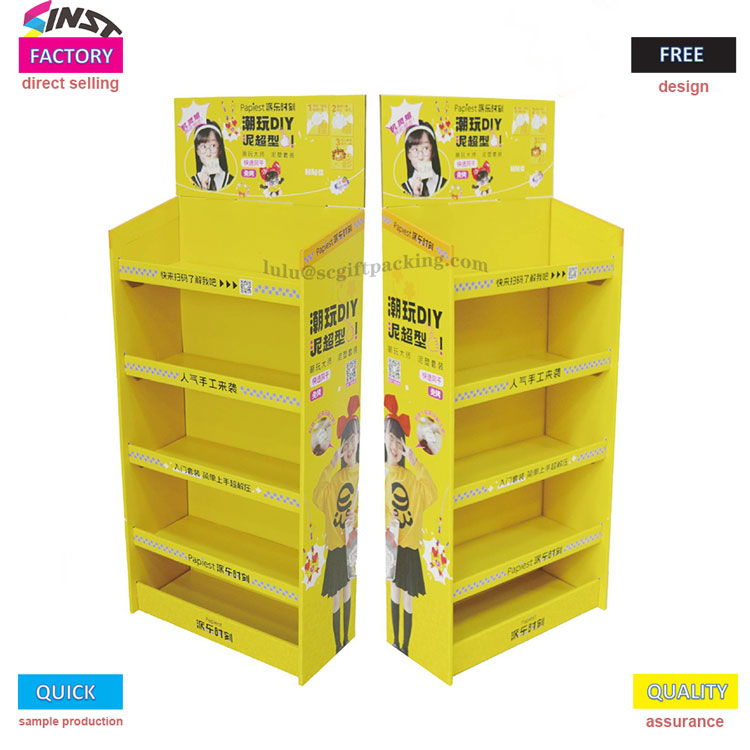Covering a transparent plastic film on printed paper products is called lamination. The production principle of lamination: The adhesive is first applied to the film through a roller coating device, and then heated by a hot pressing roller to soften the film. Then, the printed material coated with the substrate is pressed and pressed together with the film, forming a composite film product that combines the two.
The cover and outer packaging of brochures and brochures are prone to wear and tear. In order to improve the surface gloss and effectiveness of printed products, lamination is a common process used by Yingli Printing Factory. Various product packaging is suitable for this process, which can protect and beautify products and increase their value.
The most common problem that printing factories encounter during the product lamination process is the poor adhesion between the product film and the printed material, which can easily cause bubbles or detachment, which affects the aesthetics and use of the product. To completely solve this problem, it is necessary to consider printing ink, printing process, etc. when printing.
The lamination process is generally relatively simple, which involves bonding printed matter and film together through adhesive. The porous and loose structure on the surface of printed matter is conducive to the penetration and diffusion of adhesive, and the ink in the image and text area of printed matter is the main reason for the poor adhesion between printed matter and film.
The impact of ink on the film coating effect is mainly the effect of the surface properties of the ink after drying on the adhesive. After the ink dries, the main component on the surface is the ink diluent, which also contains some other substances. For example, 1. The powder particles in the white ink component will float on the surface of the ink due to insufficient binding force with the binder, and then dry; 2. The aluminum hydroxide in the Villi oil component will also float on the surface of the ink due to its light weight; 3. The film-forming resin of the bright paste component can improve the film-forming effect of ink and is also located on the surface of the ink.
When laminating, the white ink pigment particles on the surface of the ink will hinder the adhesive and affect its further penetration on the surface of the printed ink layer; The aluminum hydroxide in Villi oil is prone to forming an isolation layer, hindering the interaction between the adhesive and the ink layer, leading to foaming or poor adhesion; Bright light paste is beneficial for film covering, as its composition is similar to the properties of the adhesive and has good affinity. Therefore, when adding ink diluents, comprehensive consideration should be given to the film covering effect of the product. The particle size of ink can also affect the lamination effect. If the particles are too large, it will affect the adhesion effect between the film and the printed surface, which can easily cause bubbles and lead to poor adhesion. Especially for gold and silver ink, due to the separation of metal pigment particles after ink drying, which hinders the mutual bonding between the ink layer and the adhesive, products printed with gold and silver ink are not suitable for lamination.
Printed matter needs to be completed through printing. The surface performance of the dried ink mentioned above will affect the lamination effect, and under the premise of using appropriate ink, factors such as printing format, ink layer thickness, and drying effect can also cause poor lamination adhesion. If the printing format is too large, it will reduce the contact area between the paper surface and the adhesive, exacerbating the decrease in the adhesion effect between the printed surface and the adhesive, and greatly reducing the quality and service life of the laminated product. Therefore, it is important to avoid laminating large format or field printed products. If the printing ink is used too thick, the blocking effect on the adhesive will be exacerbated, which will directly cause delamination and prevent adhesion. Comparing the ink layer characteristics obtained from various printing processes, offset printing has the lowest ink layer thickness, ranging from 1-2 μ m. Therefore, offset printing is the best choice for printed products that need film covering, and attention should be paid to controlling the overprint effect of color printing and the final ink layer thickness of printed products.
Sinst Printing And Packaging Co.,LtdSinst Printing And Packaging Co.,Ltd is a professional manufacturer for kind of POP Cardboard Display Stand, Paper Boxes, Corrugated Boxes. We have more than 10 years experience in designing and producing high quality packaging boxes and cardboard display racks. So we are confident that our products and service will surpass your expectation.
 English
English  Español
Español  Português
Português  русский
русский  Français
Français  日本語
日本語  Deutsch
Deutsch  tiếng Việt
tiếng Việt  Italiano
Italiano  Nederlands
Nederlands  ภาษาไทย
ภาษาไทย  Polski
Polski  한국어
한국어  Svenska
Svenska  magyar
magyar  Malay
Malay  বাংলা ভাষার
বাংলা ভাষার  Dansk
Dansk  Suomi
Suomi  हिन्दी
हिन्दी  Pilipino
Pilipino  Türkçe
Türkçe  Gaeilge
Gaeilge  العربية
العربية  Indonesia
Indonesia  Norsk
Norsk  تمل
تمل  český
český  ελληνικά
ελληνικά  український
український  Javanese
Javanese  فارسی
فارسی  தமிழ்
தமிழ்  తెలుగు
తెలుగు  नेपाली
नेपाली  Burmese
Burmese  български
български  ລາວ
ລາວ  Latine
Latine  Қазақша
Қазақша  Euskal
Euskal  Azərbaycan
Azərbaycan  Slovenský jazyk
Slovenský jazyk  Македонски
Македонски  Lietuvos
Lietuvos  Eesti Keel
Eesti Keel  Română
Română  Slovenski
Slovenski  मराठी
मराठी  Srpski језик
Srpski језик 




